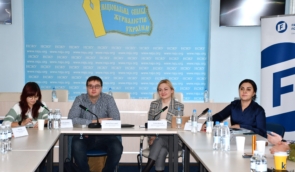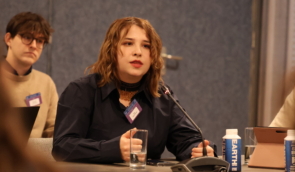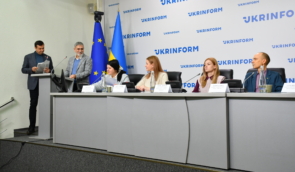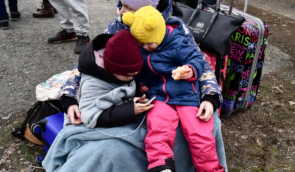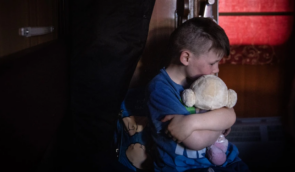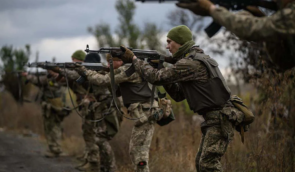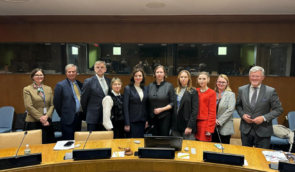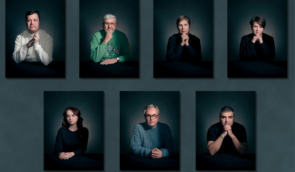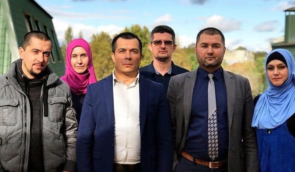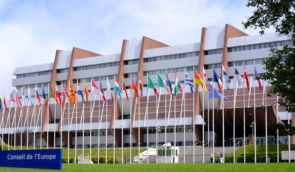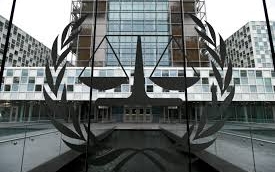Russians torturing Ukrainians in occupied territories with electric shocks most often — ZMINA
In the occupied territories, the Russians most often torture civilians with electric shocks and beating. For the most part, Russian servicemen detain and abuse former servicemen and ATO participants, volunteers, civil society and political activists, as well as representatives of authorities and entrepreneurs.
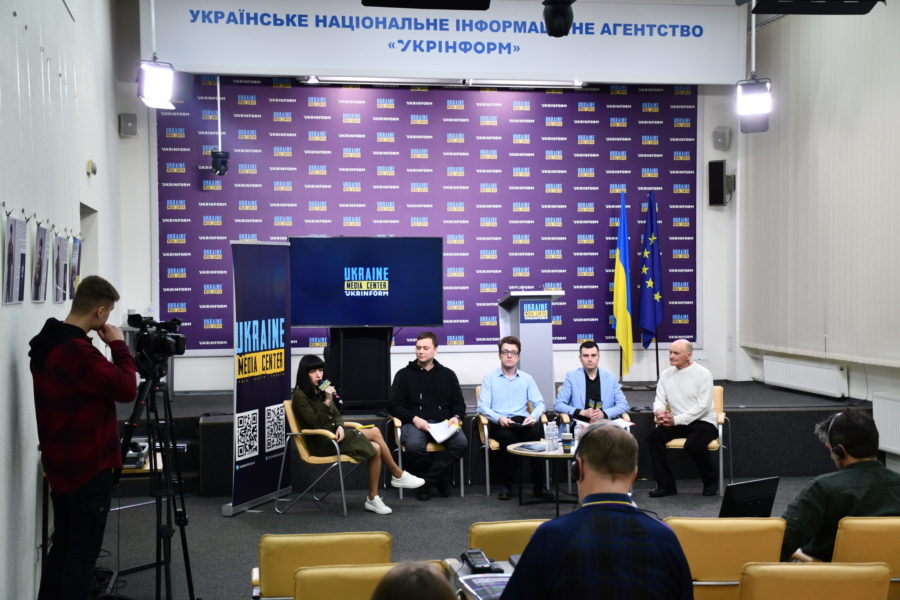
Human rights defenders from the Human Rights Centre ZMINA spoke about this and presented research on torture and ill-treatment of civilians in the occupied Ukrainian territories during the press conference on April 27.
Researchers collected data from February 2022 to March 2023 and recorded 345 cases of torture of Ukrainian civilians.
“Of these, we documented 300 cases according to the Berkeley Protocol from open sources, and another 45 cases were documented through in-depth interviews of victims and witnesses of torture during our field missions to Kharkiv, Kyiv, and Kherson regions,” said Oleh Hnatiuk, project manager at Human Rights Centre ZMINA.
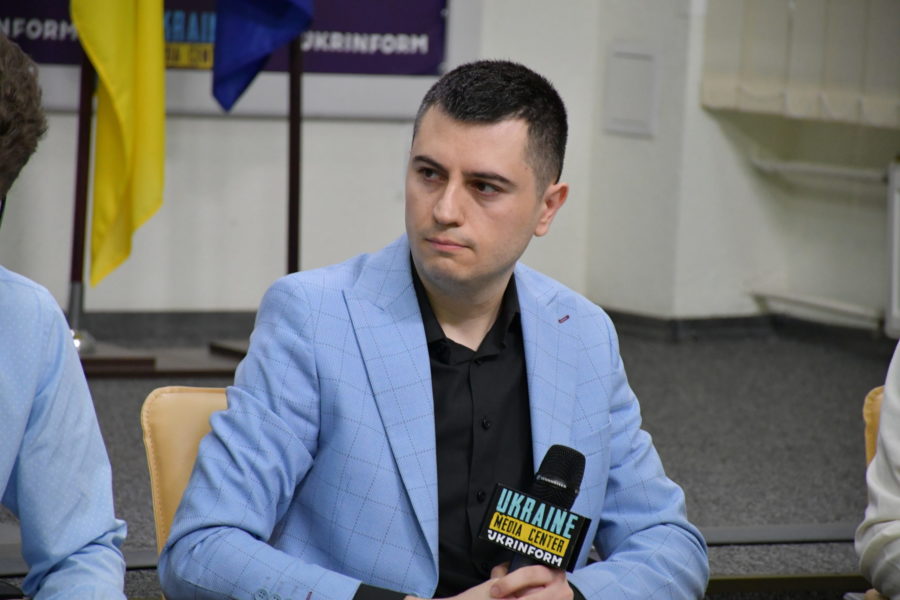 Oleh Hnatiuk
Oleh HnatiukHe added that this is not the final number of Russian crimes. In fact, there may be thousands of them because the Russian military tortures Ukrainians under occupation almost every day and many cases will become known after the de-occupation of the territories. In addition, not all victims are ready to report torture.
Hnatiuk also noted that, according to the National Police data, 52 so-called torture chambers set up by the Russians are currently known. Most of them are located in Kharkiv (27) and Kherson (16) regions.
The Human Rights Centre ZMINA researchers believe that the situation of the civilian population in the occupied territories does not depend so much on a specific unit of the occupiers stationed there, as on the duration of the occupation and the intensity of military operations in the area. And a greater number of crimes against the civilian population were committed in the areas that were occupied the longest.
Torture of civilians, according to human rights defenders, became a way of suppressing civil resistance, the scale of which was unexpected for the Russians.
Documented cases of torture show that the Russians most often tortured the Ukrainians with electric shocks.
“Furthermore, various cases of beatings were very common: blows with hands or feet, metal or plastic pipes, wooden clubs or special police batons. The victims were also under constant psychological pressure, witnessed the torture of other people, became victims of various forms of intimidation,” said Borys Petruniok, researcher at the Human Rights Centre ZMINA.
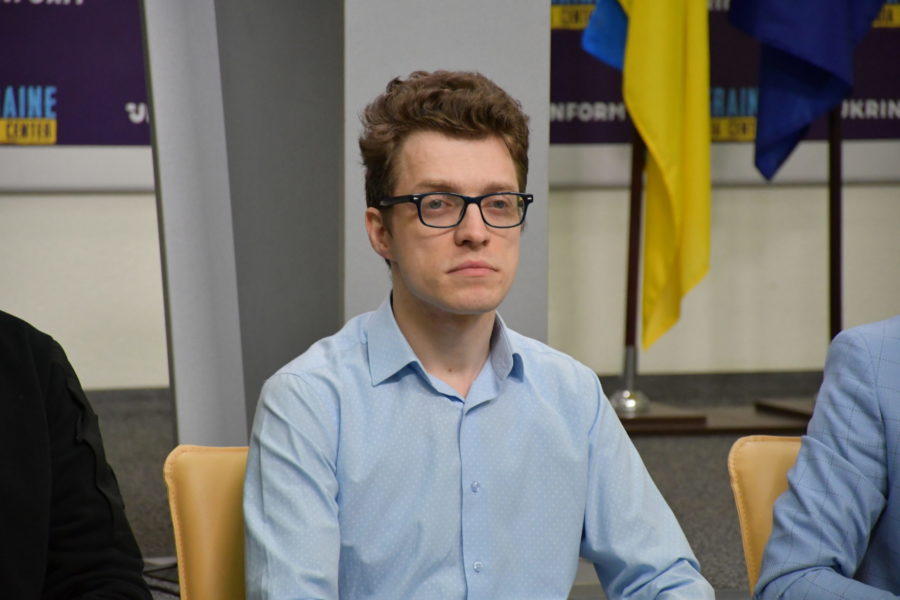 Borys Petruniok
Borys PetruniokMany cases of torture in the territory of Kyiv region in March 2022 led to the death of the victims.
According to Petruniok, former military personnel, ATO participants, their relatives, activists and local leaders, government officials, entrepreneurs, volunteers, as well as pro-Ukrainian civilians became the victims of detention and torture most often.
On March 3, 2022, the Russians detained Serhiy Pohorielov, a resident of the village of Kopyliv, Bucha district, Kyiv region, when he was trying to assess the consequences of the bombardment of the village — he went outside to check the condition of his friends’ houses. The Russians found screenshots of a map of the area on Pohorielov’s phone. After the arrest, the man was severely beaten. He was unlawfully detained at the base of the Russian army unit stationed in the village and he was held in a locked wooden chest on the street around the clock for several days in a row.
Another victim — a resident of Kharkiv region, photographer and documentary videographer Anatoliy Harahatyi — was filming convoys of Russian military equipment at the beginning of the occupation of the village. He was detained on May 28, 2022 due to a denunciation. The man was brutally tortured with electric shocks and beaten. He spent 100 days in detention at the Balaklia police station. Even under the threat of torture, he refused to record a video justifying the Russian occupation for his YouTube channel.
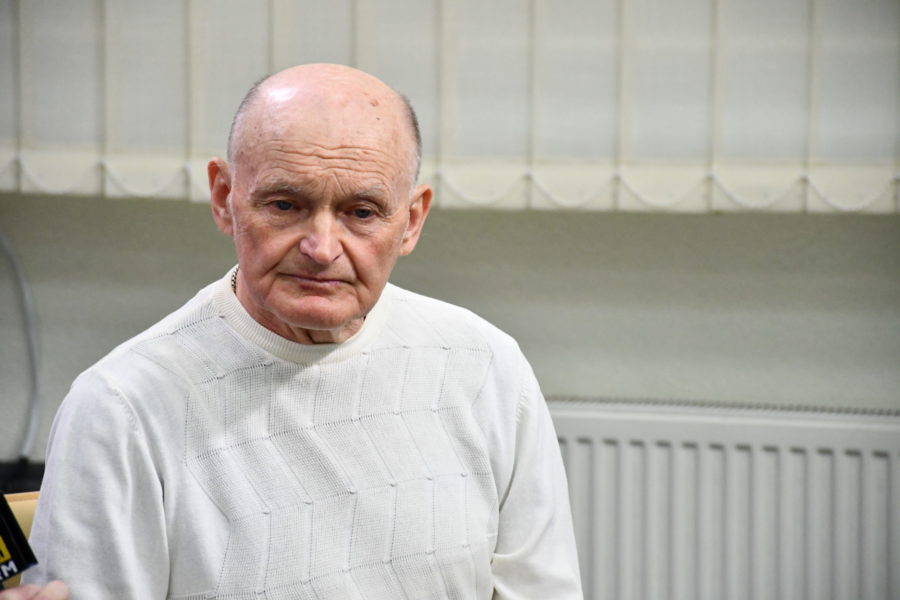 Anatoliy Harahatyi
Anatoliy HarahatyiMaryia Kvitsinskaya, expert on Europe and Central Asia at the World Organisation Against Torture (OMCT), noted that the majority of documented cases of torture are crimes against humanity, as these actions of the Russian military are systematic, were coordinated by the top military leadership and are part of the unified political plan of the Russian Federation.
According to her, it is now necessary to properly document torture in accordance with international standards in order to punish those guilty of crimes. Prosecution tools already exist, and a hybrid tribunal or UN special tribunal may be created.
“Ukraine should organize medical examinations for victims of torture according to the Istanbul Protocol. After all, if there is no proper medical record, it will be impossible to prove the fact of torture and bring the perpetrators to justice under any international mechanism. In addition, the state should create psychosocial and medical rehabilitation programs for civilian victims of torture because most of the interviewed torture victims reported that they did not have the funds for examination and treatment,” Kvitsinskaya noted.
Denys Lysenko, the head of the department of the organization of procedural guidance of pre-trial investigation and public prosecution in the regional prosecutor’s offices of the Department for Combating Crimes Committed in Conditions of Armed Conflict, Prosecutor General’s Office, said during the conference that the law enforcement officers now investigate about 5,000 cases of torture and ill-treatment that have occurred after February 24, 2022.
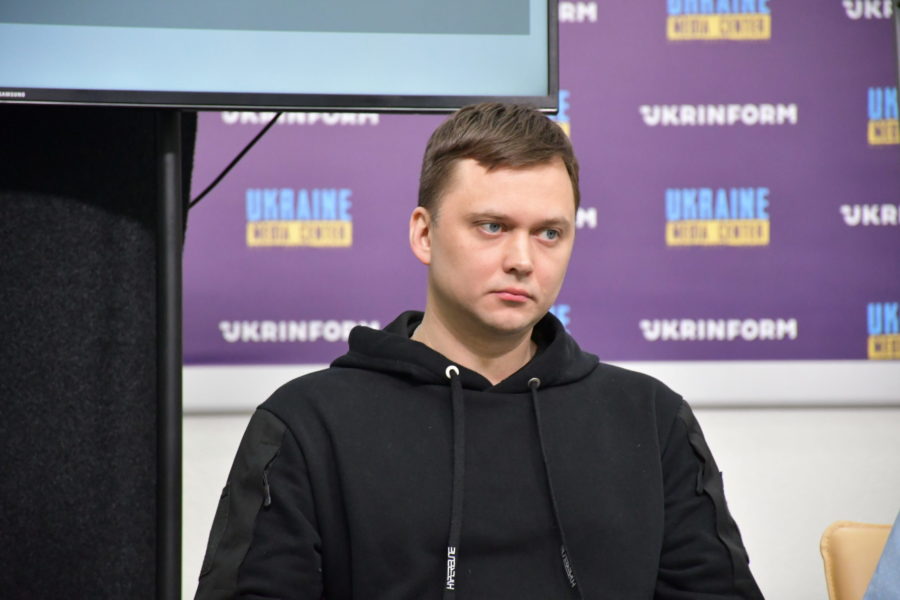 Denys Lysenko
Denys Lysenko“To date, charges have been brought against 121 people, 100 of them have been indicted, and 19 have been convicted. Forty-eight people have been charged with intentional murders, indictments have been sent to court against 19 of them, and two people have been convicted,” Lysenko added.
As ZMINA project manager Oleh Hnatiuk said, 30 cases of torture documented by human rights defenders were submitted to the Prosecutor General’s Office. Four individual applications from the victims will soon be sent to the UN Special Rapporteur on Torture, and three individual applications will be sent to the International Criminal Court.
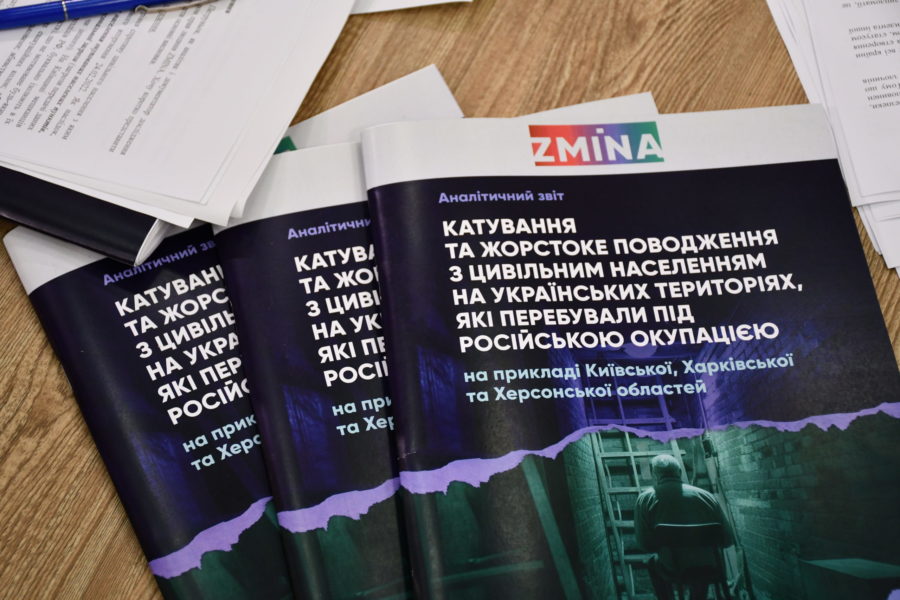
Download the full report on torture in Ukrainian and English. Watch the video from the event.
The event is organized with the support of the Prague Civil Society Centre.
Human Rights Centre ZMINA is a member of the Ukraine 5AM Coalition which began to work on February 25, 2022. Today, the Coalition unites 31 NGOs and four individual experts. They combined their efforts to systematically document war crimes and crimes against humanity committed during the Russian armed aggression against Ukraine.
If you have found a spelling error, please, notify us by selecting that text and pressing Ctrl+Enter.

